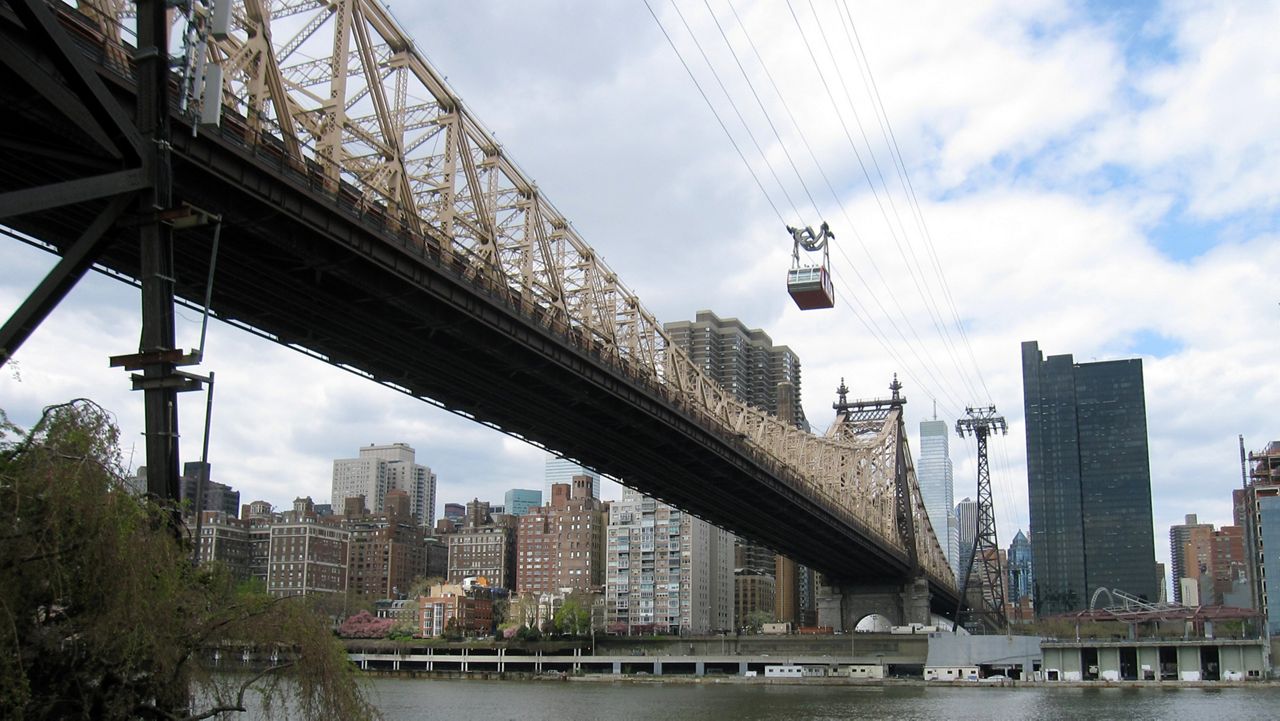Congestion pricing is here in Manhattan below 60th Street, affecting commuters throughout the five boroughs and beyond.
For commuters coming from Queens, here is how the new rules will impact your commute.
First, a refresher: What is congestion pricing?
Congestion pricing is a policy in which drivers who enter local streets and avenues south of and including 60th Street in Manhattan will be charged a fee.
The fee for passenger cars will be $9 with E-ZPass during the “peak hours” of 5 a.m. to 9 p.m. on weekdays and 9 a.m. to 9 p.m. on weekends. The toll will be lowered to $2.25 during overnight hours for passenger cars with E-ZPass.
Read more about the full congestion pricing plan here.
Will I get charged if I plan to drive only on highways in Manhattan?
It’s complicated, but the short answer is that it depends on the crossing.
The two main highways within the Manhattan congestion zone — the West Side Highway and the FDR Drive — are exempt from the congestion pricing plan. However, many crossings located within the congestion zone in Manhattan require you to drive on a residential street when you are exiting or entering the borough — a scenario where you would be charged even if your intent is to head for a highway.
An exception to this rule is if you start your commute within the congestion zone in Manhattan. If you start within the congestion zone and then leave the zone, you will not be charged unless you reenter the zone during your trip.
Some of the scenarios that apply to Queens specifically will be illustrated below.
Queens Midtown Tunnel
The Queens Midtown Tunnel lets vehicles entering Manhattan out onto residential streets, so all vehicles will be charged a congestion fee if they use it. This includes drivers who wish to take the nearby FDR Drive, because you will be required to drive on residential streets to get there.
However, there is a crossing credit — of up to $3 — for drivers who enter the congestion zone during peak hours. Learn more about discounts here.
If you are using the tunnel to leave Manhattan and you did not start your trip in the congestion zone, you will also be charged — even if you were taking the FDR Drive before approaching the tunnel — as, again, the approach to the tunnel requires driving on Manhattan residential streets.
Ed Koch Queensboro Bridge
Drivers taking the Queensboro Bridge from Manhattan into Queens starting outside of the congestion zone will be charged a congestion fee — even if they are heading to the bridge from the FDR Drive, as the approach to the bridge requires commuters to drive on residential streets.
Drivers who are taking the bridge from Queens into Manhattan will be charged if they ride on the bridge’s lower level or if they exit onto residential streets within the congestion zone from its upper level. However, there is an exit from the bridge’s upper level straight onto 62nd Street; drivers who take that exit will not be charged the congestion pricing fee.
Robert F. Kennedy (Triborough) Bridge
Travelers entering Manhattan from Queens via the Triborough Bridge will enter Manhattan north of the congestion zone. They will only have to pay a congestion pricing toll if they enter a residential street south of 60th Street in Manhattan.
For example, if you take the Triborough Bridge and end your trip at East 64th Street, you will not have to pay the fee. However, if you end your trip at East 45th Street, you will have to pay the fee, since that is in the congestion zone.
If you are traveling on a highway in Manhattan to a crossing to another borough or to New Jersey within the congestion zone, you will have to pay a congestion fee if you drive on a residential street during your approach.
What if I’m not traveling in the Manhattan congestion pricing zone?
If you are traveling between, say, the Bronx and Queens, you will not be charged a congestion pricing fee. However, keep in mind that tolls on Port Authority bridges outside Manhattan still apply.
What public transit options do I have to get into Queens?
A double-digit number of subway lines (the A, E, F, G, J/Z, M, N, R, W and the Rockaway Park Shuttle) serve Queens, with more than 80 stations stretched across those lines — though those lines mostly terminate before the most eastern parts of Queens.
MTA buses serve all parts of Queens, including locations that do not have subway service. The fare for subways and regular buses is $2.90.
Commuters in some areas of Queens — including several that do not have subway service — can also take express buses that will drive them into Manhattan. Those buses cost $7 per ride. Bus routes and schedules for Queens commuters can be found here.
The Long Island Rail Road has 22 stations in Queens, including in some neighborhoods not served by subways. A one-way trip between stations in the five boroughs costs $7 during peak hours and $5 during off-peak hours. LIRR schedules can be viewed here.


